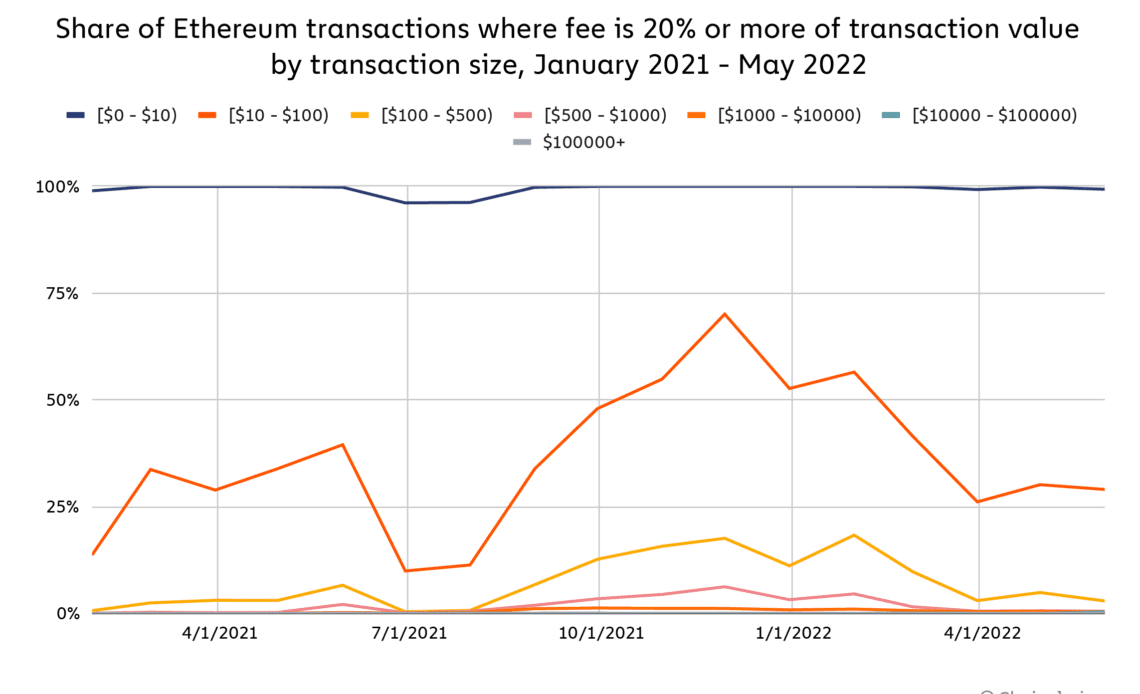Given Ethereum’s dominance coupled with the current crypto bear market, it remains questionable if L1s will flourish. This was recently highlighted in a Chainalsys blog post entitled “New layer 1 blockchains are expanding the DeFi ecosystem, but no ETH killers yet.” Ethan McMahon, an economist at Chainalysis, told Cointelegraph that Chainalysis published this report to raise awareness for the current L1 ecosystem:
While Ethereum allowed decentralized finance (DeFi) to flourish in 2020, a number of layer-1 blockchains (L1s) have since been developed to address the challenges associated with the network. For instance, as Ethereum’s proof-of-work (PoW) consensus mechanism and high gas fees continue to impact transaction speed and scalability within its ecosystem, L1s like Algorand, BNB Chain, Avalanche and others aim to solve these problems.
“Chain comparison is important because it seems as if most crypto services are only offered on Ethereum, but this isn’t true. There are a few different blockchains with competitive offerings that have advantages Ethereum doesn’t provide.”
In order to demonstrate this, McMahon explained that Chainalysis gathered data from different blockchains to determine the strengths and weaknesses of the networks. For example, the post points out that with gas fees running high on Ethereum, many developers have chosen to build decentralized applications (DApps) on Algorand. Binance Smart Chain, or BNB Chain, is also recognized for its capability to support new tokens and DApps without the high gas fees of Ethereum. “It’s interesting to see that people are paying exuberant gas fees on Ethereum’s network. Our findings show that transactions less than $1,000 result in a significant amount of money spent on gas fees,” McMahon said.
Based on Chainalysis’s overall findings, however, the post concludes that none of the L1-blockchains analyzed have been successful in solving all challenges associated with the Ethereum network. This also raises the question if L1s will survive long-term. For instance, the current crypto winter may slow down investments in these ecosystems. In addition, the merge of Ethereum 2.0 — which is set to take place this year but may be pushed to 2023 — could lead to improvements in the Ethereum ecosystem that may impact alternative L1 uses.
L1 developments to drive adoption
In order to determine how L1s will advance, it’s important to take a closer look at recent…
Click Here to Read the Full Original Article at Cointelegraph.com News…
























